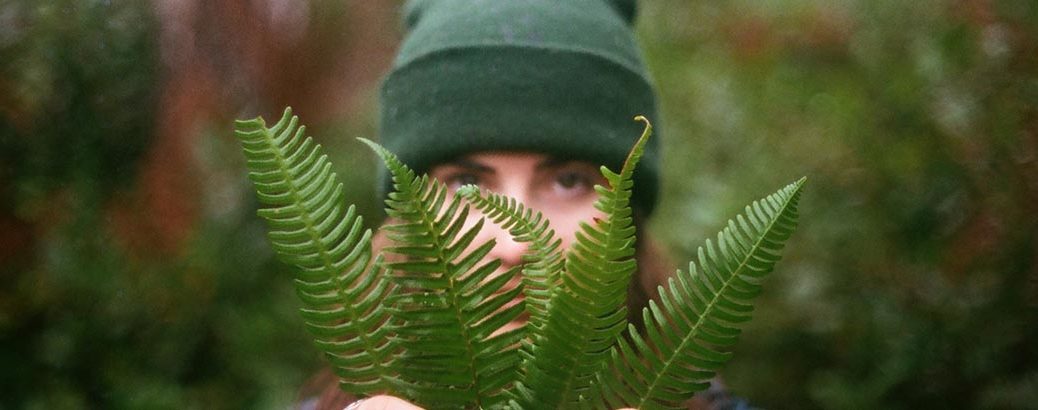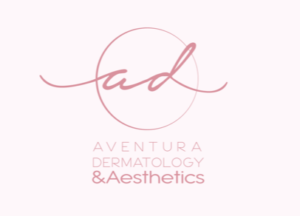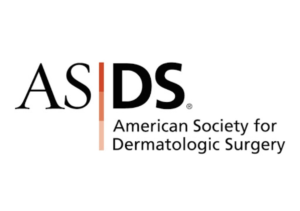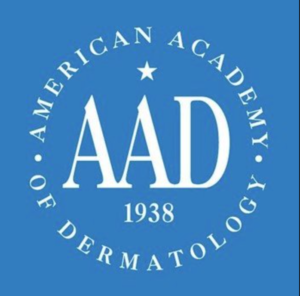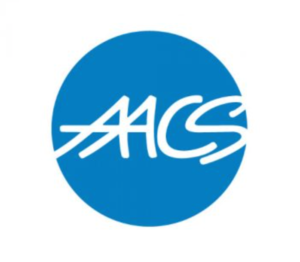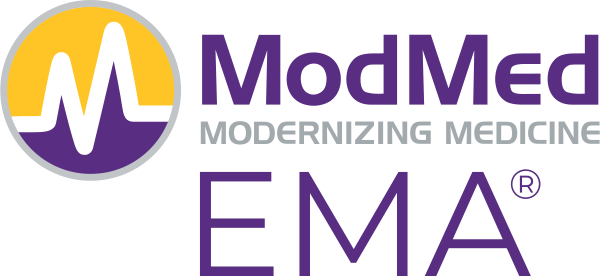Acne is a skin condition which affects 80% of the population of teenagers and 5% of the middle-aged population. While most recover from acne without any permanent consequences, a select part of the population suffers lasting, unpleasant scars.
There are products intended for specific, local use that can fix very mild scarring, but most scars must be treated with less invasive surgical procedures or “modeling” of the surface of the skin.
Early acne scars
After the acne treatment and elimination, there may be some hyperpigmentation or red stains. This is not a scar, but a post-inflammatory process. These changes result from the skin undergoing a process of healing and remodeling, which takes 6 -12 months. If there are no new purulent pimples, the skin is healed.
Prevention of early scars
The best prevention is the avoidance of developing pustules and painful lumps. It’s necessary to understand the process that leads to acne as well as the use of appropriate therapy for different types of diseases. There are a wide range of therapies: topical (local) antibiotics and comedolytic substances, oral antibiotics, topical retinoids, and systemic retinoids.
Treatment of early scars
There are certain protocols and certain methods that accelerate healing which will also reduce the possibility of bad healing or a reappearance of scars:
- Unprotected sun exposure and UVA radiation cause more skin damage and delay healing, so it is necessary to use a high sun protection factor (SPF)
- The use of retinoid preparation accelerates skin resurfacing
- The adequate fruit acids formulations, used in a certain concentration or in the form of peelings, only administered by dermatologists, significantly restores damaged skin
- UNSOLICITED peeling of the scabs stops the healing process and leads to the formation of deep scars.
The use of antioxidants
Unfortunately, there is no clinical study that shows that the use of antioxidants, either locally or orally, is actually effective in skin regeneration. On the contrary, application of vitamin E in creams actually results in more harm than good!
Types of scars:
According to their appearance they are classified into:
- Needle sting like scars (uneven depth to 2mm, reaching deep into the dermis and do not respond to abrasive methods)
- Wide oval (to a depth of 1 mm, suitable for dermabrasion and peels)
- Subcutaneous thickening (gives the appearance of thickened, uneven skin)
Methods for the treatment of scars
There are numerous methods for the treatment of scars. Each method carries its own risks and benefits. Usually, a number of methods should be combined for the desired results to be achieved.
1. Abrasion
Chemical peels include removal of the superficial layer of the skin with an acid and chemical effect on the production of collagen and elastin. Depending on the acid used, and its amount, effects are different. Peeling gives good results for the treatment of superficial scars. If a scar has been present for a year or longer, a chemical peel should be either moderately deep or deep. Peeling is the oldest method of treating facial skin for the purposes of treating scars and rejuvenation, and also for removing stains. As such, the desired and undesired effects are well studied, and the price is usually relatively affordable.
Mechanical abrasion is the mechanical removal of the surface layer of the skin with special, very fine emeries. The healing process is slightly longer than that after chemical peels.
Laser abrasion is performed with a CO2 laser, either an Erbium Yag laser or Fraxel. These lasers create thermal burns on the skin with a controlled depth of penetration. The skin heals by replacing the burned surface of the skin with the renewed skin layer. Special care after the procedure is essential. Skin redness is present after the treatment for a certain period of time, so this kind of treatment is not recommended for people prone to hyperpigmentation.
2. Dermal fillers
Various substances can be injected into the skin to allow the elevation of scars and to make sagging skin smoother and softer. Examples are hyaluronic acid, collagen, or fat. Each of these substances does not give a lasting effect and the procedure is repeated once a year.
3. Punch excision
This is used for extensive scarring and includes a circular cutting of the skin in diameter of 1.5 to 3 mm and connecting the edges. The new scar fades and, eventually, becomes unnoticeable.
All of these procedures lead to a healthier and aesthetically more acceptable skin condition if they are performed by a thorough and knowledgeable dermatologist. Also, keep in mind that each medical procedure has its desired and undesired options, and each patient must be properly informed about this. Unfortunately, once scars appear, there is no method that will make the skin look exactly as it was before the acne and scarring process, but with these procedures, you can drastically improve the appearance of your skin.

